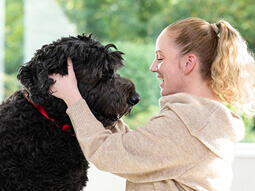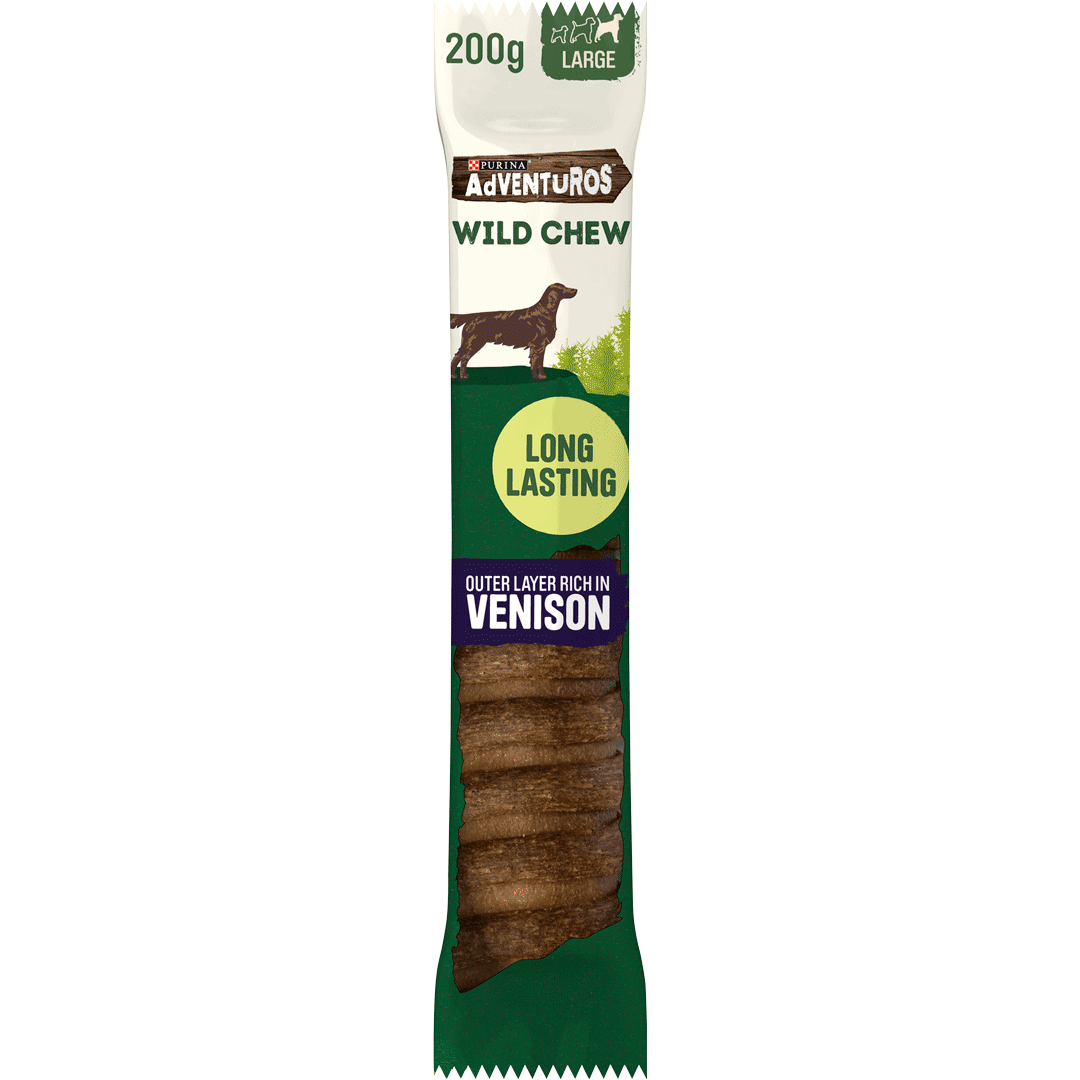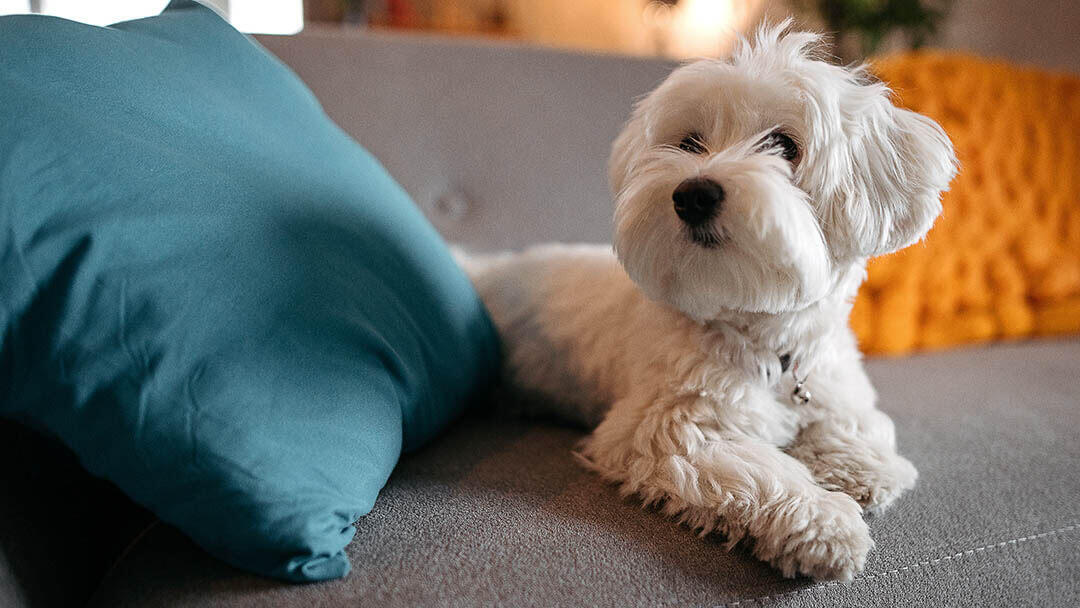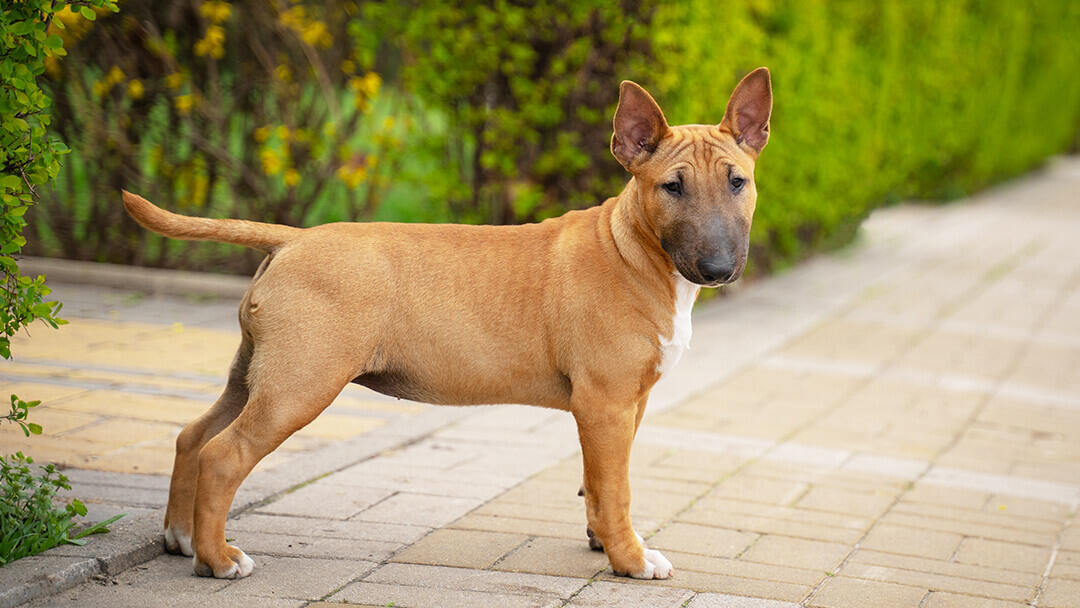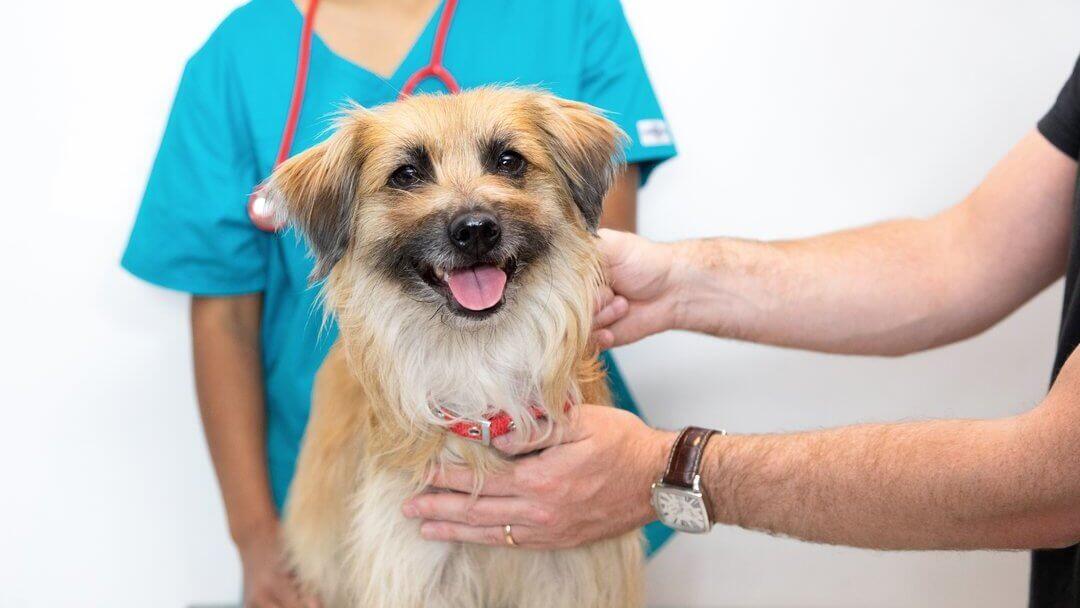
It can be quite worrying if you notice that your dog seems to be losing some of their lovely coat. Alopecia in dogs can be the result of skin infections such as ringworm (a fungal infection), a bacterial infection or parasites such as mites, and is often the result of the dog scratching or licking an itchy or sore area.
What is alopecia in dogs?
Alopecia in dogs can affect all breeds and genders at any stage of their life. It’s a fairly common condition and can display as either partial or complete hair loss, but it can also affect your dog’s skin, endocrine, lymphatic and immune systems.
It can be alarming to see your dog losing hair as it can be very noticeable, especially if you have a long-furred pet who typically has a silky-smooth coat. Luckily, alopecia in dogs is usually very treatable and a visit to the vet should help to find the root of the problem and allow you to find a suitable treatment to get your dog back to their usual, gorgeous selves.
Causes of hair loss in dogs
Alopecia in dogs can be a result of a number of skin conditions and cases can range from gradual to acute. The most common causes of hair loss in dogs include:
- Mange, an occurrence caused by the mite ‘Demodex’.
- A disruption in the growth of hair follicles caused by trauma, infection, immune disease or endocrine system abnormalities.
- Hair follicle inflammation.
- Allergic reactions: this may be to food or items in your dog’s environment.
- Diet and feeding: poor diet can often be a cause of hair loss in dogs.
- Parasites and fleas: these can cause intense itching and you may notice your dog losing hair around their lower back, inner thighs, neck and ears.
- Bacterial skin infections or hot spots.
- Ringworm: if the cause is ringworm, it will typically display as circular patches of flaky, red, hairless patches.
- Overgrooming: grooming is obviously normal, but sometimes dogs may do it excessively due to stress or pain.
- Seasonal alopecia: some dogs may experience hair loss each autumn which may take around 6 – 12 months to regrow. This type is most common in Boxers, Bulldogs, Dobermans and Staffordshire Bull Terriers.
- Inherited: alopecia in dogs can be inherited if your dog’s mother of father suffered from it.
More widespread hair loss in your dog’s coat may indicate a more specific disease, so it’s always important to see your vet as soon as you suspect your dog may be losing their fur.
Symptoms of alopecia in dogs
If you notice your dog losing hair, that can be a symptom of alopecia in itself, but there are also a few other signs they may display too:
- Brittle or dry coat.
- Shedding more than usual.
- Bald patches on your dog.
- Crusting, inflammation or red patches around the area of hair loss.
- Scaly skin may be present.
- Dandruff.
- Itchy skin.
- Overgrooming.
- Patches of dark skin.
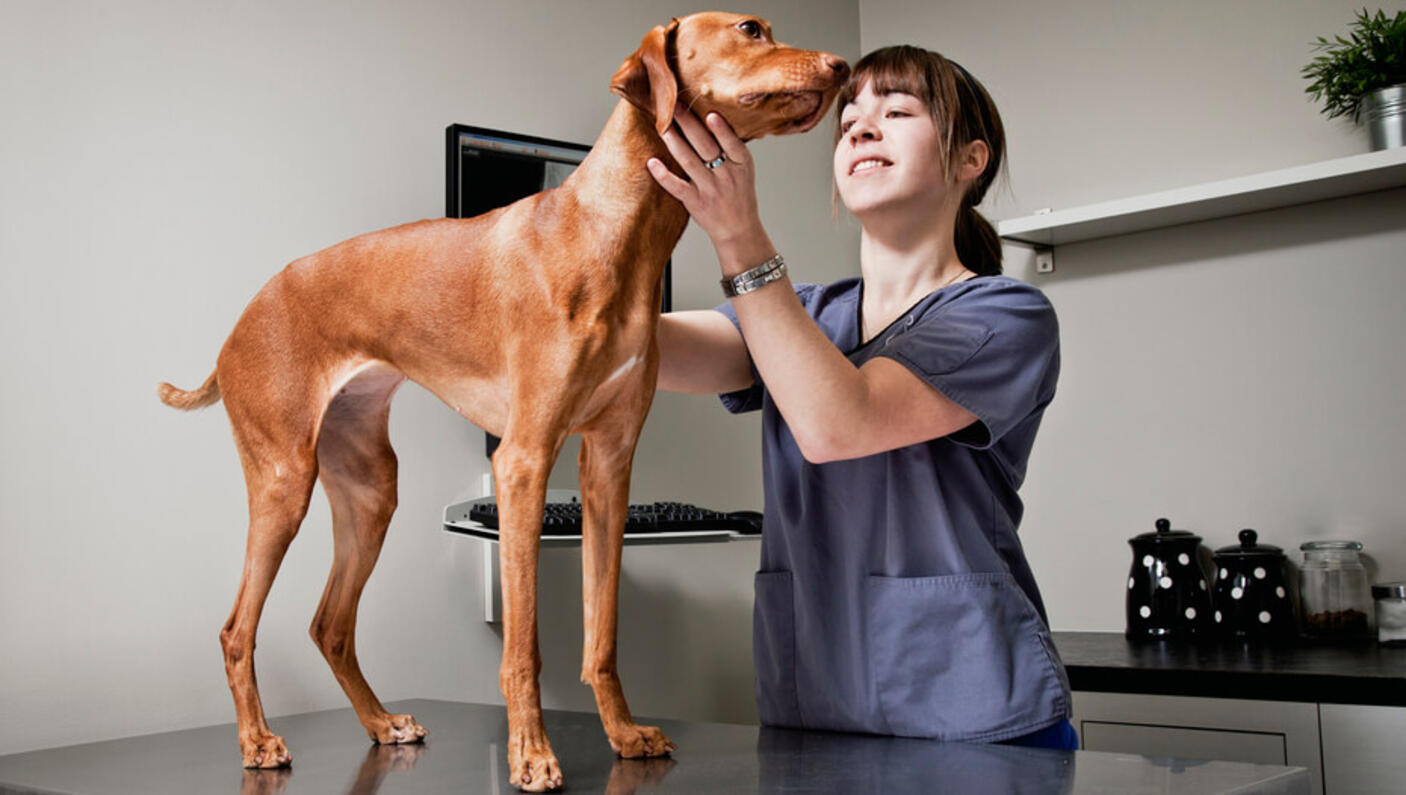
Diagnosing hair loss in dogs
Your vet will need to look for the cause of the alopecia before they can start treating it. Fleas are a common cause of itchiness and scratching, which can result in hair loss, so they might recommend a flea treatment.
Your vet might also take samples of hair or scrape a little sample of skin (painlessly) to test for ringworm and parasites, or take a blood sample to check for any underlying disease, such as a hormonal problem. Sometimes a skin allergy test will be performed, and occasionally a small skin sample will be taken. This is done under anaesthetic, so your dog won’t feel a thing.
If your vet can’t identify the reason for the bald patches on your dog, they may recommend that you consult a canine dermatologist.
Treatment for dog alopecia
The treatment your dog will need will depend on the reason behind their hair loss, which could potentially be down to a number of dog skin conditions. Make sure you talk to your vet to get the right diagnosis.
All dogs should be given regular flea control treatments, but your vet might recommend other treatments if they think another cause is to blame, such as an anti-fungal treatment for ringworm. Some causes of hair loss, such as allergic skin disease and other dog skin conditions, can be challenging to treat, but a veterinary dermatologist will be able to give you all the advice you need. Other causes, like hormonal conditions such as an underactive thyroid or adrenal gland problems, may require longer-term treatment.
Speak to your vet as soon as you suspect that your pet may be suffering with dog alopecia. The sooner you can get a diagnosis, the sooner your pet can be successfully treated and happy and healthy once more.
Hopefully you’ve found a possible answer to why your dog’s losing hair. Want to find out more about symptoms to look out for in your dog? Read our guide to kennel cough and how to treat it, next.

